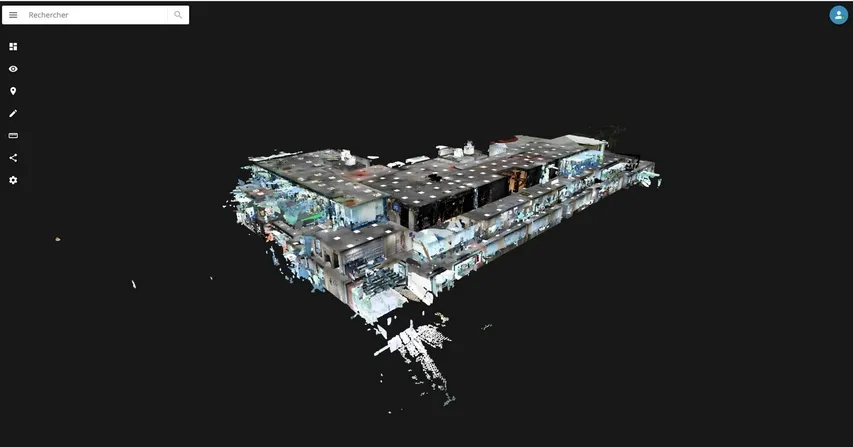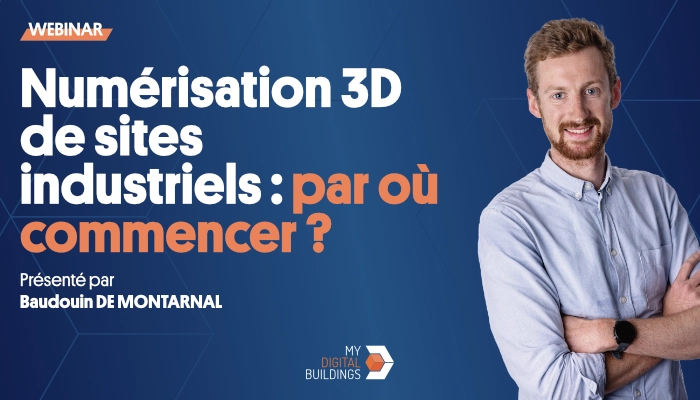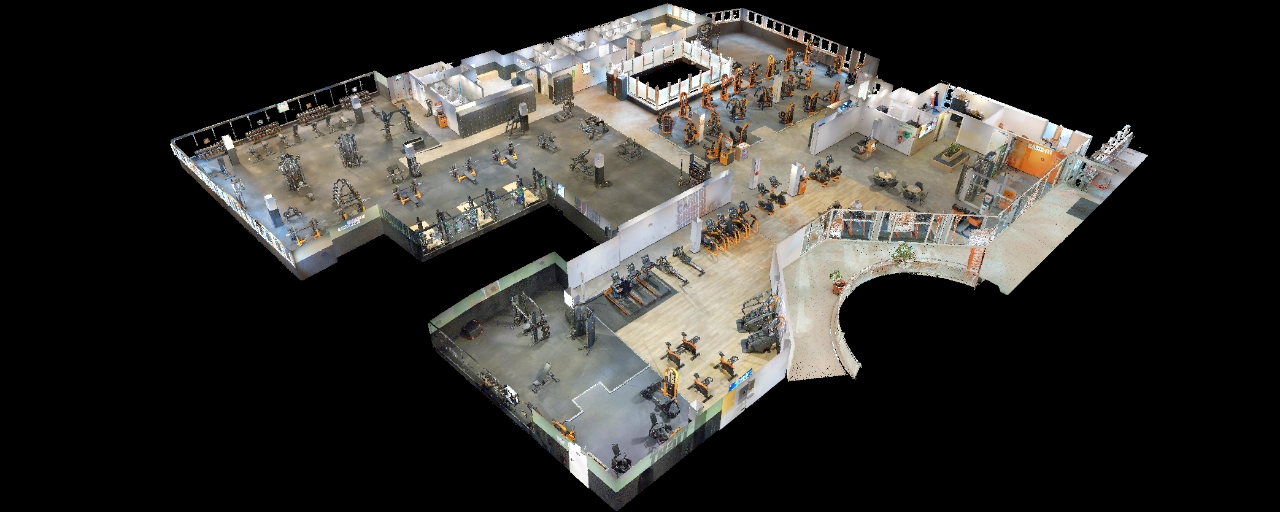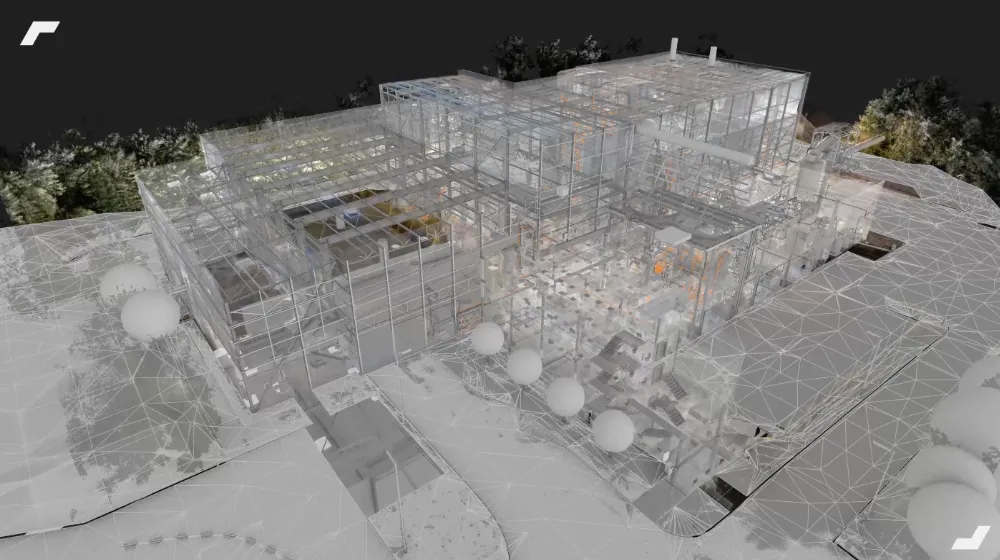
GEM Labs - Create and operate the digital twin of your campus

The customer problem

In an initial exploratory approach, we collaborated with Grenoble School of Management and digitized their building dedicated to innovation: the GEM Labs. With this recent building, GEM wishes to offer the opportunity to its occupants (students, teachers and researchers) to live immersive learning experiences.
Creating the digital twin of the building is a natural part of this process of immersive experiences, as it is a real data provider that allows the implementation of virtual reality or augmented reality solutions.
The solution provided
Thus, we first digitized the interior of the building in order to deliver a virtual “Google Street View” tour of the building. Using our NavVis M6 mobile scanning technology, we surveyed the 3,800m² building in just 3 hours. All the 3D data and images captured were then assembled in a virtual visit format. This being accessible from our web platform, each user of the digital building can thus access it and consult the multimedia content added by the administrators via our geolocated points of interest feature.

The use cases addressed
Use cases: education and building valorization
The GEM Labs virtual tour was first used by GEM teachers to offer an immersive experience to students, for simple visits to the premises, or as a support for thematic courses. It is in particular through the points of interest functionality of our platform and the addition of multimedia content that these routes were built.
In addition, beyond being an innovative teaching tool, it has also allowed teachers and schools to adapt more easily to the health constraints we are experiencing. Despite the restrictions on access to the building, it was able to be highlighted to students, and its equipment could still be used via a digital medium.
Exploitable data for Operation Maintenance Management
While the initial objective was to use the virtual visit for educational purposes, the data captured during digitization will also be used in Operational Maintenance Management use cases.
First of all, the “Google Street View” digital twin and the functionalities of our web platform (taking ratings, adding and sharing points of interest, etc.) facilitate collaboration between site managers and maintainers. Exchanges are streamlined, contextualized, and trips to the site are minimized.
Then, in order to deliver a future BIM model, we completed the initial interior scan of the building with an exterior survey. This allowed us to create a complete point cloud of the site, which will serve as a modeling support to create the BIM model of the building (scan to BIM process).

This second survey was conducted using a multi-technology capture protocol, combining a static scanner and a drone. These solutions were perfectly adapted to the surveys of the facades and the roof of the building.
Thus, the future digital model complements the existing virtual tour to improve building management. In particular, it will be used by the company in charge of the site's Facility Management, whose GEM cost optimization tool is based on a BIM model.



Let's study your project together
Contact us, we will study your project to provide you with an estimate as soon as possible
Contact us
To make sure you don't miss out on our news, subscribe to our newsletter now!
Receive quarterly updates directly in your inbox to stay informed about the latest news and events at My Digital Buildings.











